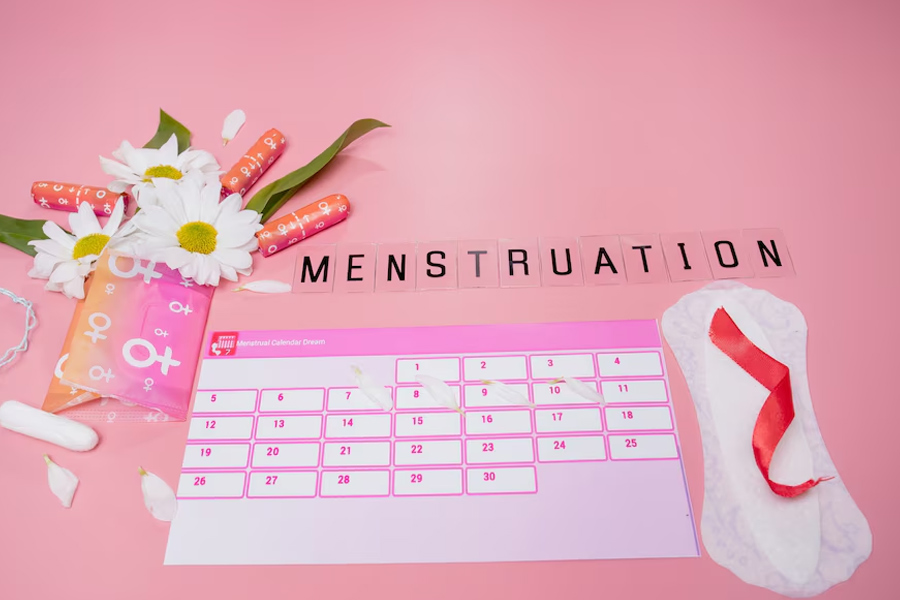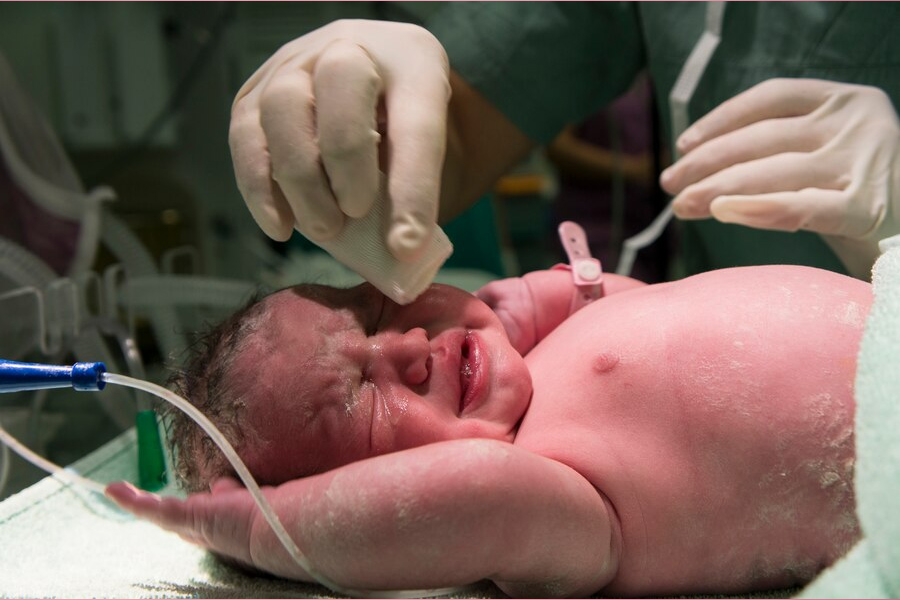
Dreaming of holding your little one in your arms is a feeling like no other, but for some women, motherhood comes with challenges that aren’t always easy to spot. One of these is iron deficiency—a common issue that can quietly affect your health and even your ability to conceive. On this World Iron Deficiency Day 2024, which is observed on 26th November every month, we reach out to Dr Ashok Kumar Singh, Gynecologist, Consultant, Women Hospital, Orai, Uttar Pradesh, who explained how low iron levels could be impacting your fertility and explore practical ways to address this hidden barrier to achieving your dream of motherhood.
Table of Content:-
The Importance of Iron in Women’s Health
"Iron is a vital nutrient essential for various bodily functions, including haemoglobin production—a protein in red blood cells responsible for transporting oxygen throughout the body. When iron levels are low, the body faces challenges in performing basic functions, resulting in Iron Deficiency (ID)," said Dr Singh. Symptoms of ID include:

- Fatigue
- Sleep disturbances
- Restless legs
- Hair loss
- Reduced brain performance
- Low mood
- Reduced health-related quality of life
- Decreased athletic performance
Iron deficiency (ID) can impact individuals of any age or gender, but it is more prevalent among women of reproductive age. According to a 2021 study, menstrual blood loss, abnormal uterine bleeding, and pregnancy increase the risk of iron deficiency in women, often leading to extreme fatigue, decreased physical endurance, and diminished work performance.
During pregnancy, iron deficiency and anaemia are linked to negative outcomes for both mother and baby, including developmental and neurocognitive challenges in children born to iron-deficient mothers.
Also Read: Iron Deficiency Without Anaemia: What Every Parent Needs To Know For Their Child’s Growth
Causes Of Low Iron In Women Of Reproductive Age
Blood Loss During Menstruation

“Women are more prone to iron deficiency than men, primarily due to blood loss during menstruation, with an average of 16 mg of iron lost in each menstrual cycle. The annual loss of 300 mg of iron due to normal menstrual flow can lead to ID if dietary iron intake is inadequate or iron absorption is inefficient,” added Dr Singh.
Poor Dietary Iron
A diet lacking in iron-rich foods is another major factor. Iron is vital for maintaining overall health, yet many women fail to consume adequate amounts. Foods like lean meats, green leafy vegetables, lentils, and fortified cereals are excellent sources. However, poor dietary habits or lack of access to nutritious foods can result in insufficient iron levels.
Also Read: Link Between Iron Deficiency and Dark Circles: Know From Expert
Why are low iron levels concerning in India?
Low iron levels in the body rank among the top 20 factors causing the global burden of disease. At present, Iron Deficiency Anaemia (IDA) affects around 1.2 billion people worldwide, and Iron Deficiency Without Anaemia (IDWA) is even more prevalent (at least twice as often), as stated in a 2021 study. Unfortunately, IDWA often goes unnoticed due to limited screening guidelines and a lack of awareness among healthcare providers.
The Impact on Fertility

Iron deficiency can directly affect a woman’s ability to conceive by disrupting ovulation and hormonal balance. Additionally, low iron levels during pregnancy are linked to complications, such as preterm birth, low birth weight, and neurocognitive deficits in children. Recognising these risks underscores the importance of maintaining adequate iron levels, especially for women trying to conceive.
When should you look for medical advice?
Maintaining adequate iron levels is very important for reproductive health. If you suspect an iron deficiency or are trying to conceive, it's important to consult your healthcare provider. Recognise your body's unique needs to overcome these health challenges.
Dr Singh concluded, "There are many challenges to levelling up iron in women of reproductive age in India due to menstrual bleeding, poor diet, and economic disparities. To overcome this issue, a standard approach is required, including dietary practices, routine doctor visits, and laboratory checks for serum iron levels and haemoglobin levels."
[Disclaimer: This article contains information provided by an expert and is for informational purposes only. Hence, we advise you to consult your own professional if you are dealing with any health issues to avoid complications.]
How we keep this article up to date:
We work with experts and keep a close eye on the latest in health and wellness. Whenever there is a new research or helpful information, we update our articles with accurate and useful advice.
Current Version